Bulbs
Flower Basics
Flower Beds & Specialty Gardens
Flower Garden
Garden Furniture
Garden Gnomes
Garden Seeds
Garden Sheds
Garden Statues
Garden Tools & Supplies
Gardening Basics
Green & Organic
Groundcovers & Vines
Growing Annuals
Growing Basil
Growing Beans
Growing Berries
Growing Blueberries
Growing Cactus
Growing Corn
Growing Cotton
Growing Edibles
Growing Flowers
Growing Garlic
Growing Grapes
Growing Grass
Growing Herbs
Growing Jasmine
Growing Mint
Growing Mushrooms
Orchids
Growing Peanuts
Growing Perennials
Growing Plants
Growing Rosemary
Growing Roses
Growing Strawberries
Growing Sunflowers
Growing Thyme
Growing Tomatoes
Growing Tulips
Growing Vegetables
Herb Basics
Herb Garden
Indoor Growing
Landscaping Basics
Landscaping Patios
Landscaping Plants
Landscaping Shrubs
Landscaping Trees
Landscaping Walks & Pathways
Lawn Basics
Lawn Maintenance
Lawn Mowers
Lawn Ornaments
Lawn Planting
Lawn Tools
Outdoor Growing
Overall Landscape Planning
Pests, Weeds & Problems
Plant Basics
Rock Garden
Rose Garden
Shrubs
Soil
Specialty Gardens
Trees
Vegetable Garden
Yard Maintenance
Deer-Resistant Annuals and Perennials
Deer-Resistant Annuals and Perennials. Deer eat vegetation, and when sufficient quantities are unavailable in their natural habitat, your garden becomes their food source. The use of deer-resistant plants has become commonplace in areas where deer tend to present a problem. Deer-resistant plants are not deer-proof plants. No plant is deer proof....
Deer eat vegetation, and when sufficient quantities are unavailable in their natural habitat, your garden becomes their food source. The use of deer-resistant plants has become commonplace in areas where deer tend to present a problem. Deer-resistant plants are not deer-proof plants. No plant is deer proof. Deer-resistant plants are those not usually preferred by deer. If hungry enough, deer will eat any type of vegetation, preferred or not.
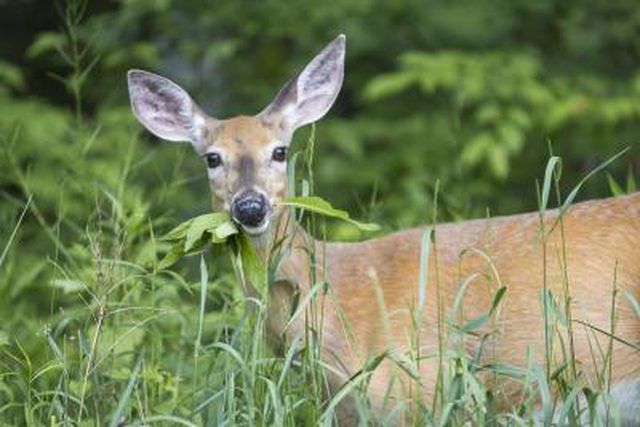
Annuals are plants that have a one-year life cycle. In other words, the plant grows from a seed, blooms, sets it seed and dies. Consequently, annuals need to be replanted every spring. Annuals are advantageous because most bloom continuously from spring through fall. Sun-loving annuals are those that tolerate more than six hours of direct sunlight per day. Examples of deer-resistant annuals for sunny locations include annual vinca, dusty miller, heliotrope, poppy, marigold and strawflower.
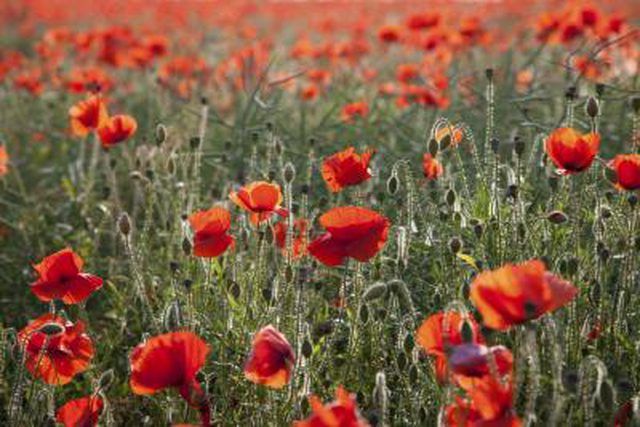
Shade, when used to describe a plantís light requirements, is usually prefaced by the word "part" or the word "full." Specimens preferring part shade tolerate four to six hours of direct sunlight per day. Those requiring full shade need less than four hours of sun in a 24-hour period. Part-shade annuals rarely damaged by deer include ageratum, annual sage, flowering tobacco, foxglove, larkspur, monkey flower and snapdragon. Forget-me-not is one of the few deer resistant annuals that will tolerate full shade.
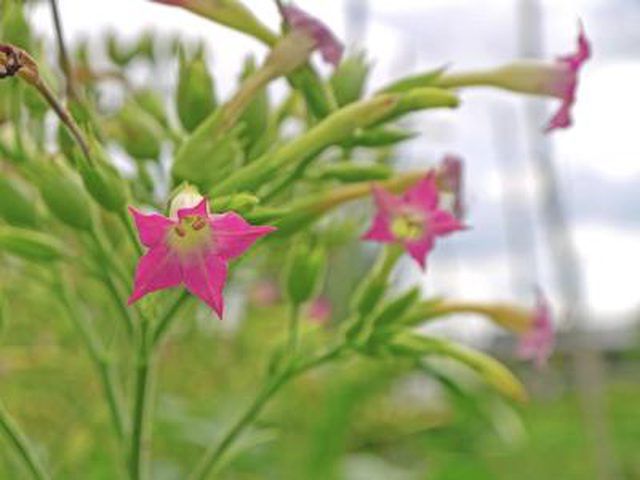
Perennials, plants that last for more than two growing seasons, offer the distinct advantage of not having to be replanted every year. Their major disadvantage is that few of them bloom continuously throughout the growing season. Planting a variety of perennials with different bloom times provides constant color. Deer-resistant, sun-loving perennials that bloom from May to June include columbine, iris and blue star. Delphinium, cat mint and bearís breeches bloom from June to July. July to August color is provided by coneflower, bee balm and ladybells. Late season deer-resistant bloomers that flower from August into fall are anemone, angelica and hardy ageratum.
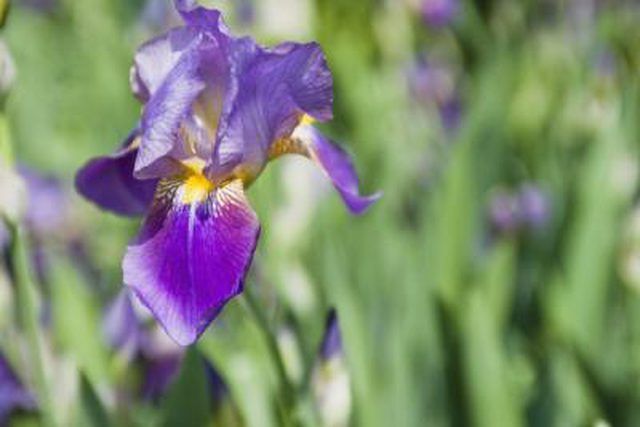
A variety of shade-loving, deer-resistant perennials are available to provide a pleasing color palette for your not-so-sunny garden spots. The following perennials grow in full or part shade. The Christmas rose is a welcome sight in March and April. In the early spring months of April and May, Lenten rose, Virginia bluebells and lungwort make valuable, deer-resistant color contributions. Siberian bugloss, sweet woodruff and lily-of-the-valley take over in May through June and are followed by the blossoms of yellow archangel and dead nettle in June and July.
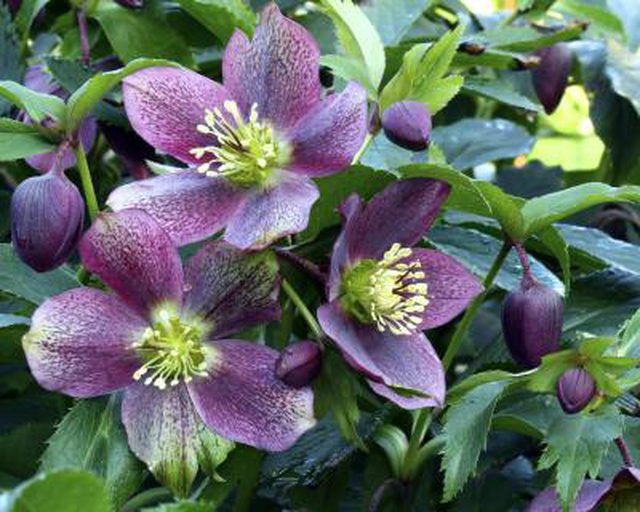
In addition to planting deer-resistant plants, other measures can be taken to keep deer at bay. Never feed the deer and remove any food sources to which they may be attracted such as fruit that has fallen from trees. Plant vulnerable specimens close to the house or surround them with deer-resistant plants having strong aromas or prickly textures. Commercial deer repellents may be effective if used as directed. If you have exhausted all methods of control and deer remain a problem, you might want to consider a sturdy 6-foot fence.